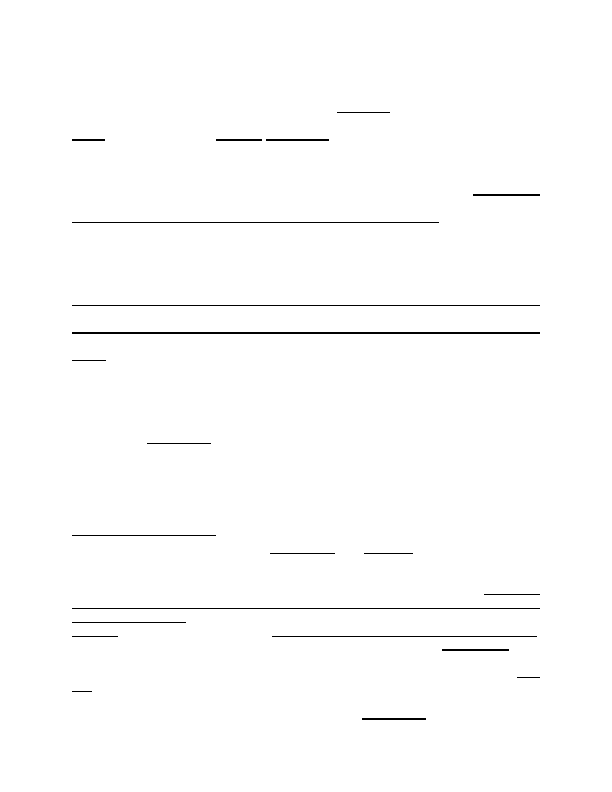
advance the useful arts, “[t]he Constitution explicitly limited patentability to . . . ‘the
process today called technological innovation.’” Comiskey, 499 F.3d at 1375 (quoting
Paulik, 760 F.2d at 1276); see also In re Foster, 438 F.2d 1011 (CCPA 1971) (“All that
is necessary . . . to make a sequence of operational steps a statutory ‘process’ within
35 U.S.C. § 101 is that it be in the technological arts.”); Karl B. Lutz, Patents and
Science: A Clarification of the Patent Clause of the U.S. Constitution, 18 Geo. Wash. L.
Rev. 50, 54 (1949) (“The term ‘useful arts’ as used in the Constitution . . . is best
represented in modern language by the word ‘technology.’”);
James S. Sfekas,
Controlling Business Method Patents: How the Japanese Standard for Patenting
Software Could Bring Reasonable Limitations to Business Method Patents in the United
States, 16 Pac. Rim. L. & Pol’y J. 197, 214 (2007) (At the time the Patent Clause was
adopted, “the term ‘useful arts’ was commonly used in contrast to the ideas of the
‘liberal arts’ and the ‘fine arts,’ which were well-known ideas in the eighteenth century.”).
Before State Street led us down the wrong path, this court had rightly concluded
that patents were designed to protect technological innovations, not ideas about the
best way to run a business.
We had thus rejected as unpatentable a method for
4
“[D]espite the assertions in State Street and Schrader, very few in the patent
community believe that business methods have always been patentable. To the
contrary, the dominant view is that the law has changed, and that the definition of
patentable subject matter is now wider than it once was.” R. Carl Moy, Subjecting
Rembrandt to the Rule of Law: Rule-Based Solutions for Determining the Patentability
of Business Methods, 28 Wm. Mitchell L. Rev. 1047, 1060 (2002) (footnotes omitted);
see also Rochelle Cooper Dreyfuss, Are Business Method Patents Bad for Business?,
16 Santa Clara Computer & High Tech. L.J. 263, 265-66 (2000) (State Street gave
“judicial recognition to business method patents.”). Over the course of two centuries, a
few patents issued on what could arguably be deemed methods of doing business, see,
e.g., U.S. Patent No. 5,664,115 (“Interactive Computer System to Match Buyers and
Sellers of Real Estate, Businesses and Other Property Using the Internet”), but these
patents were aberrations and the general rule, prior to State Street, was that methods of
2007-1130
7
